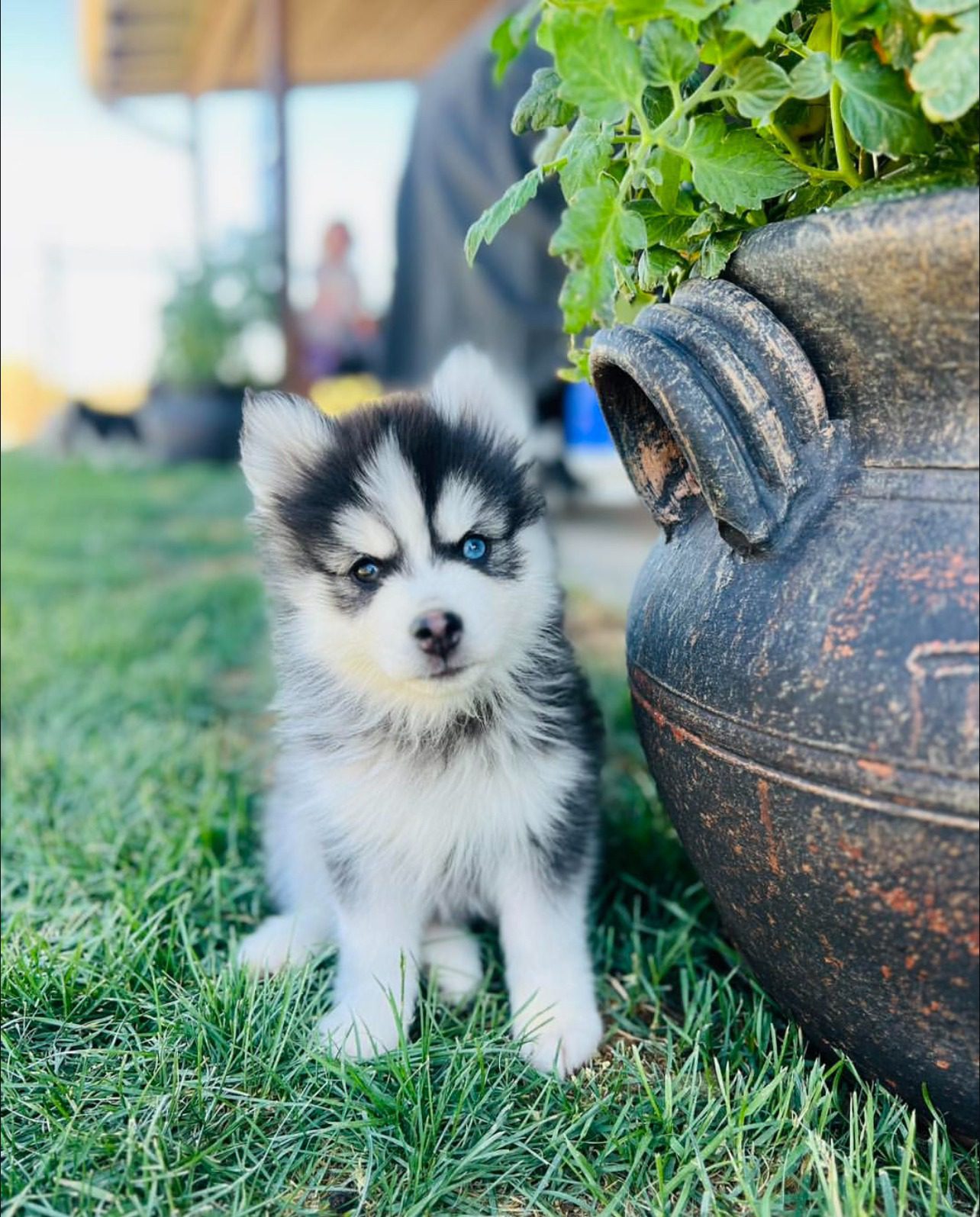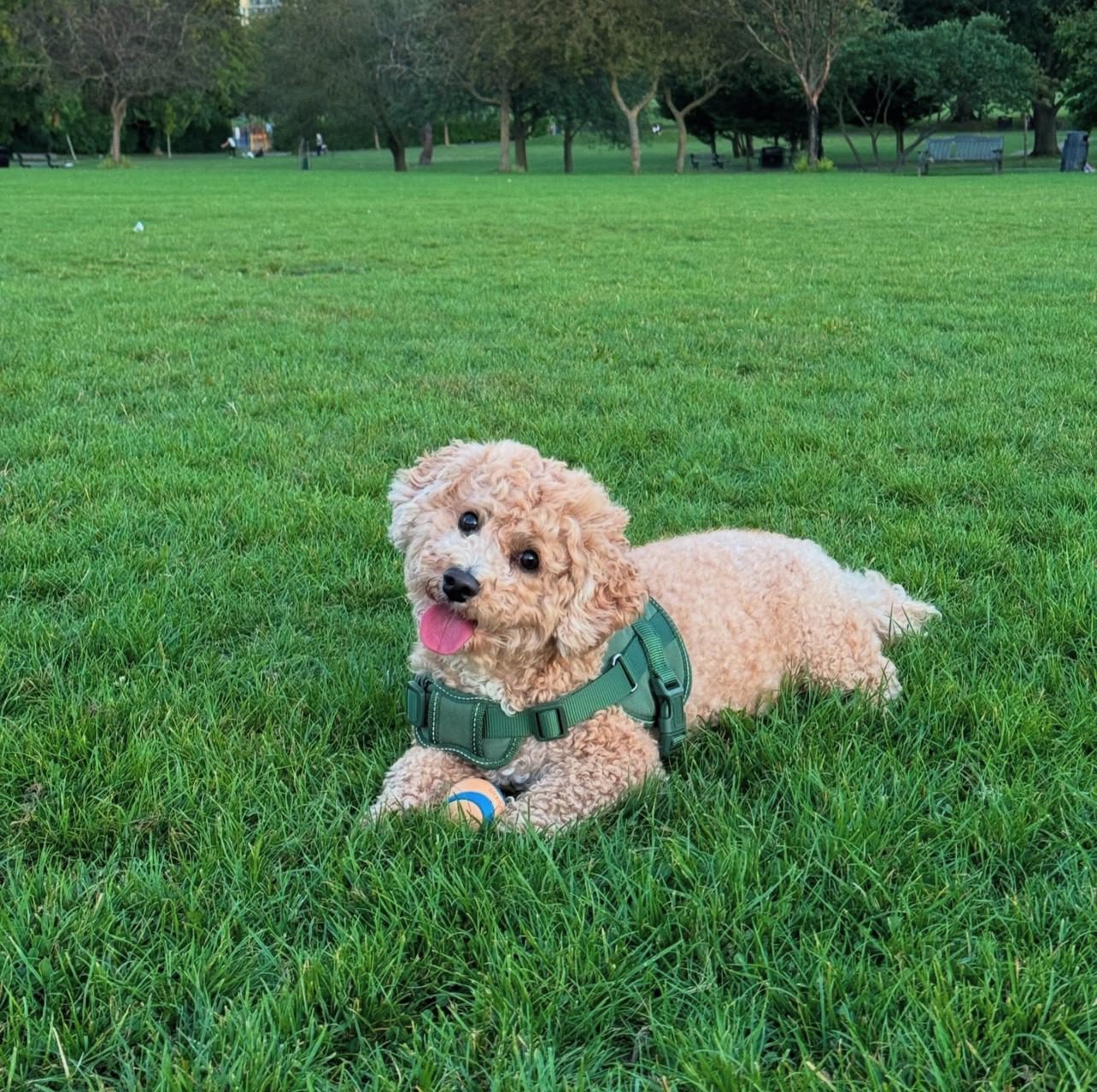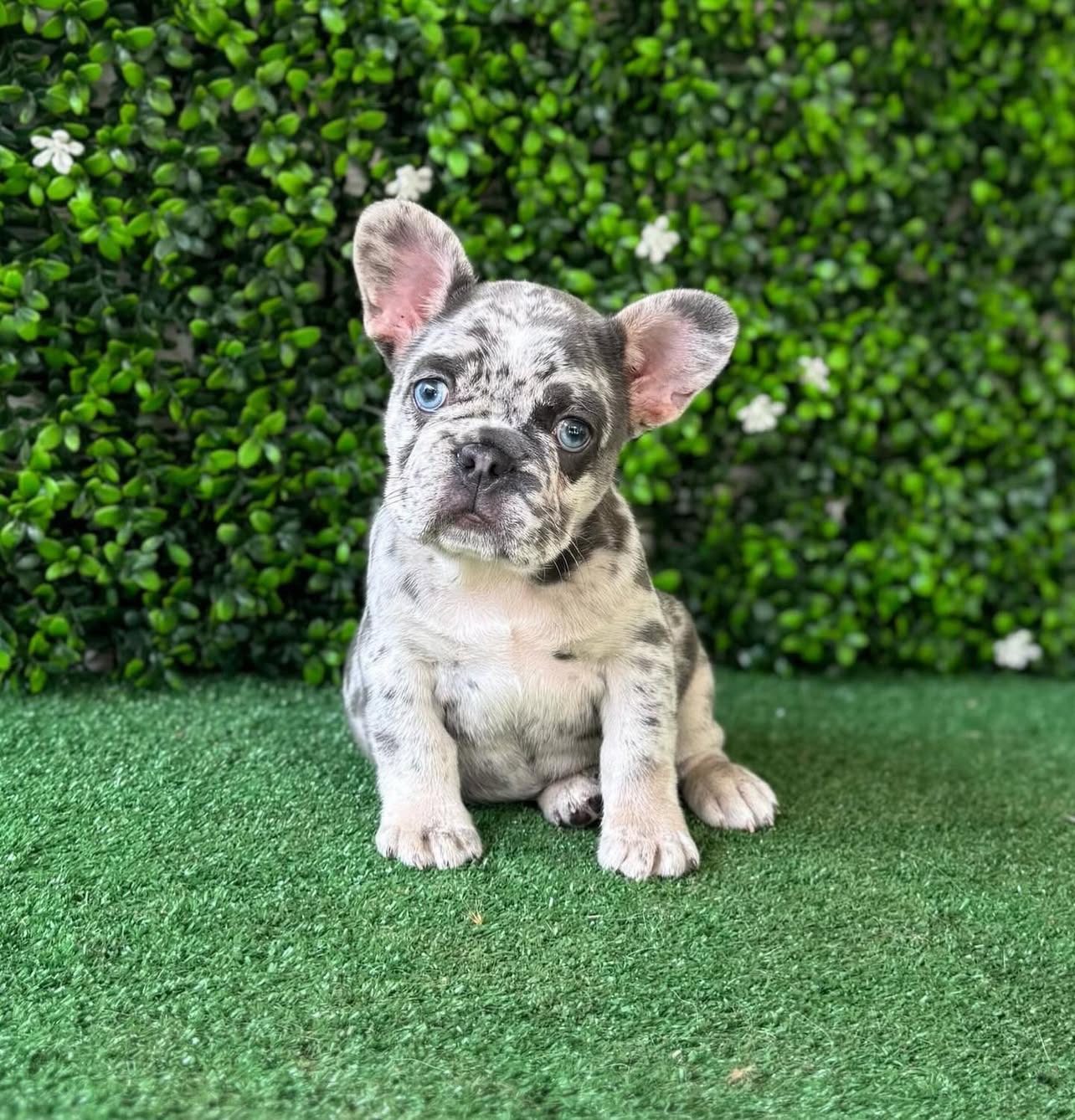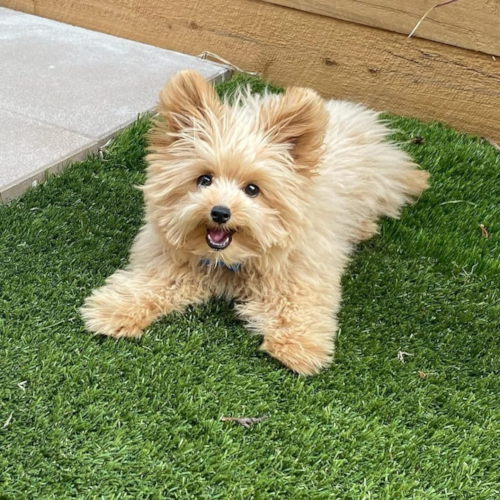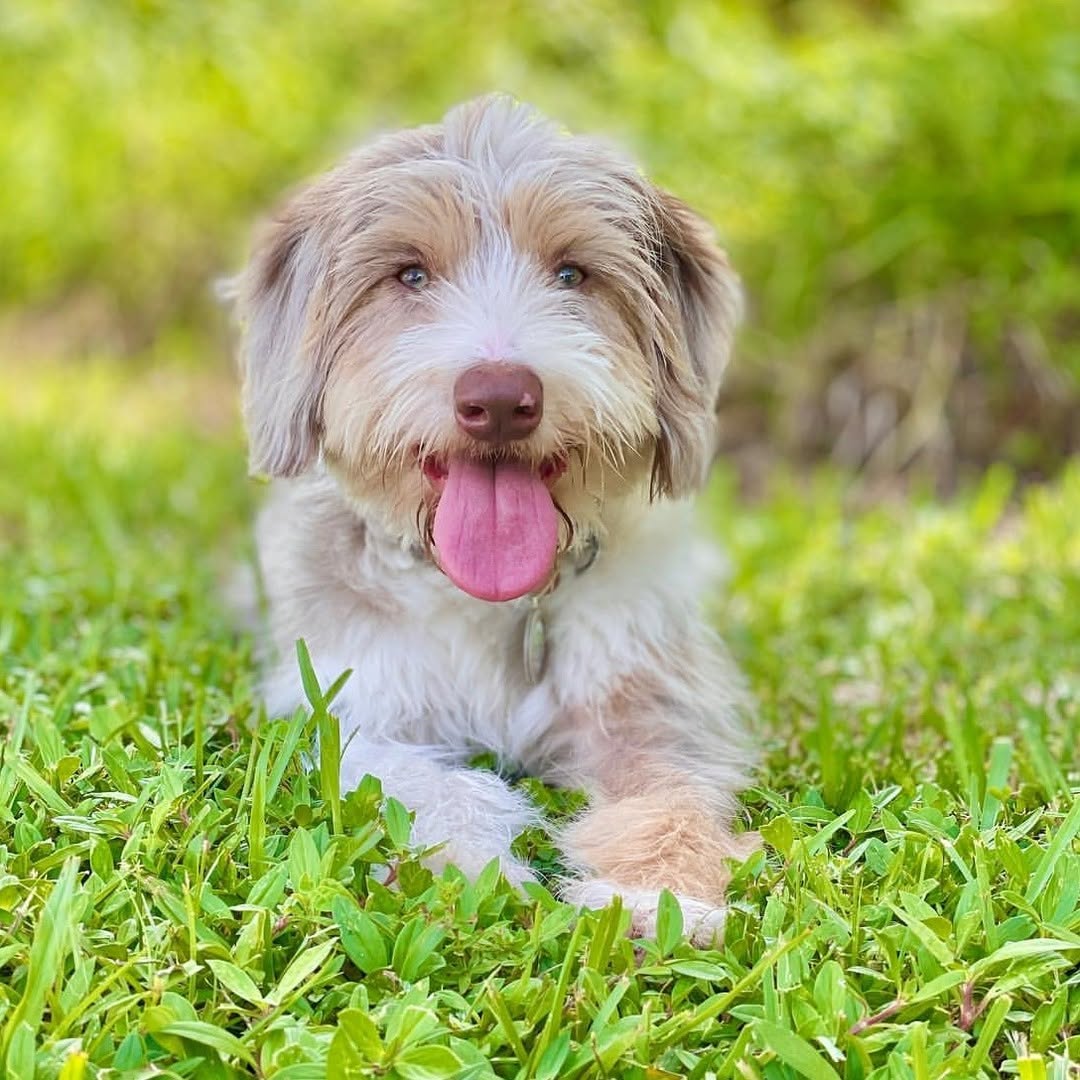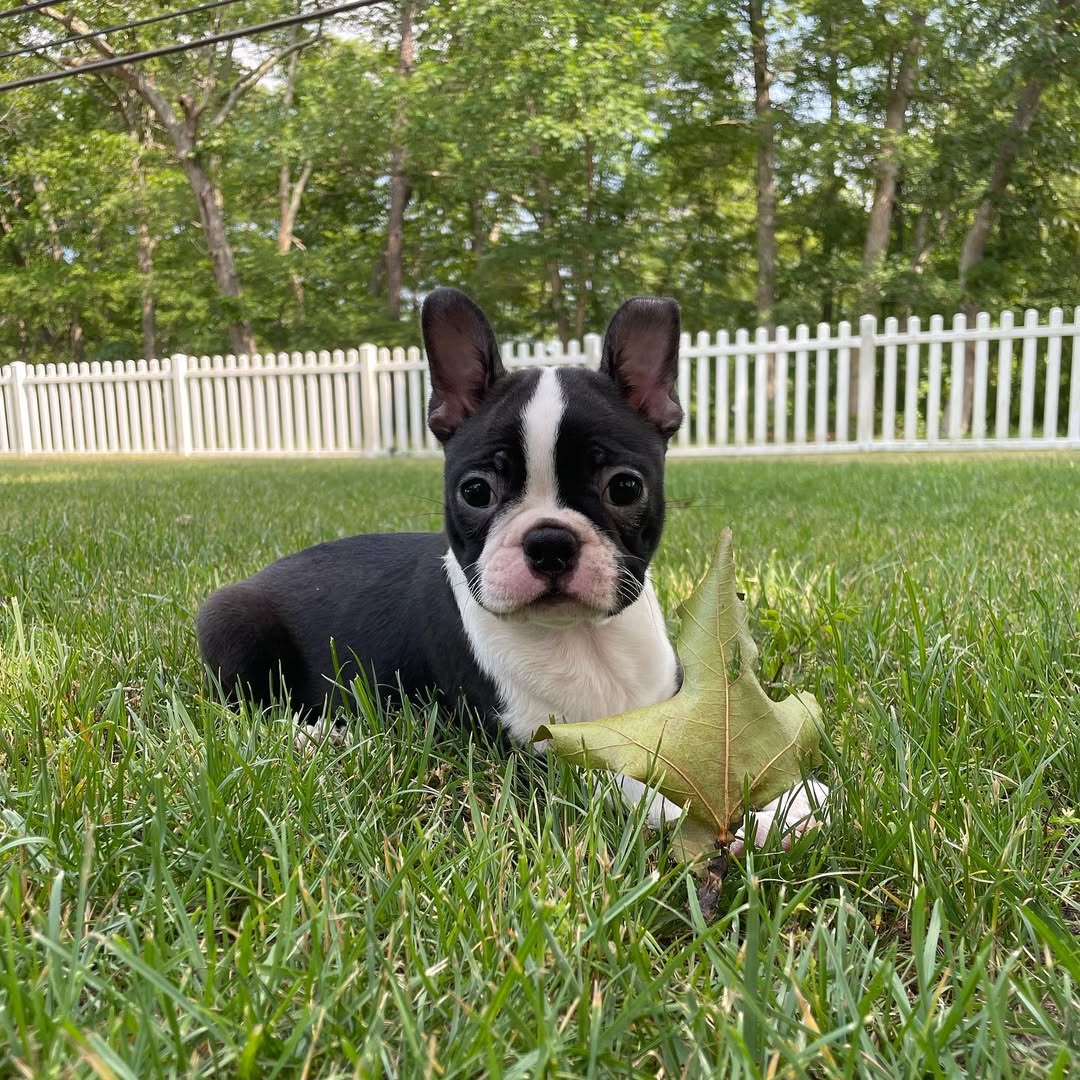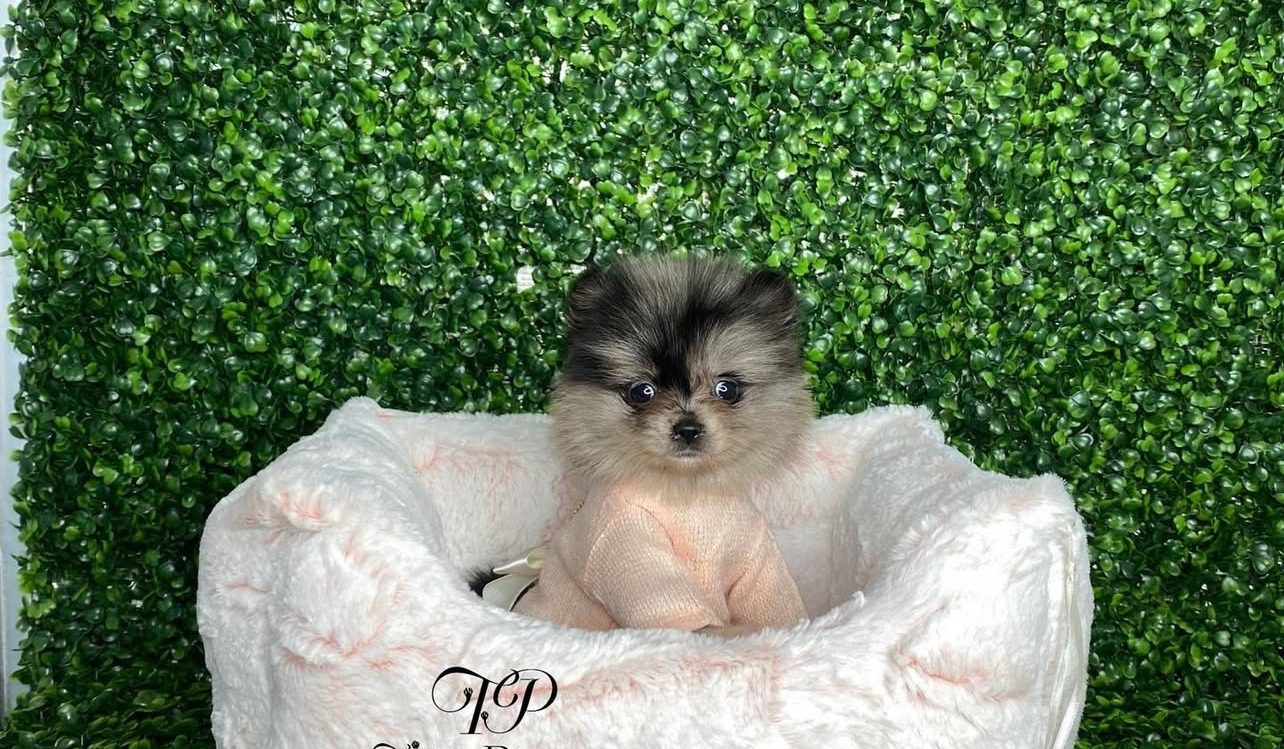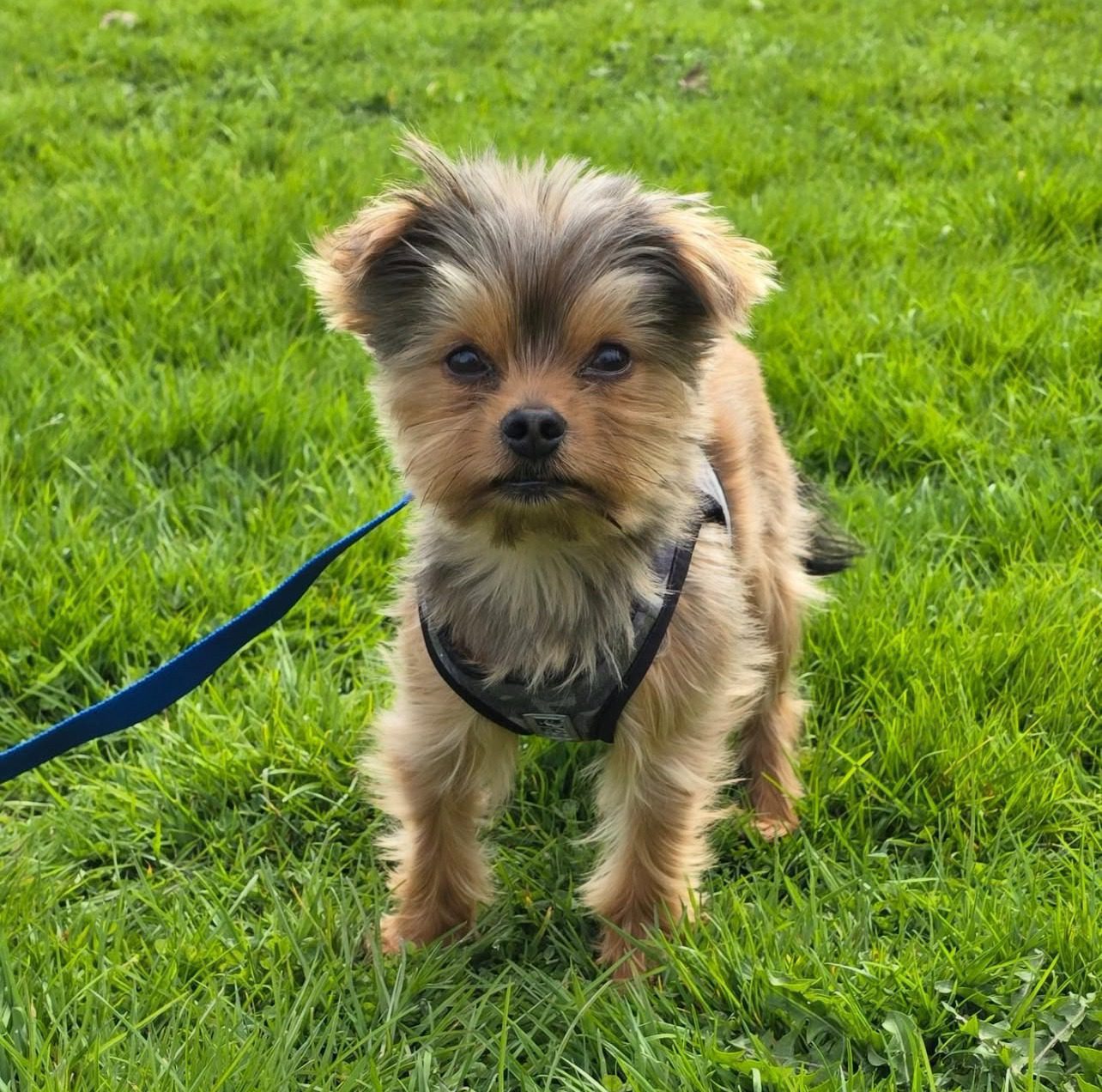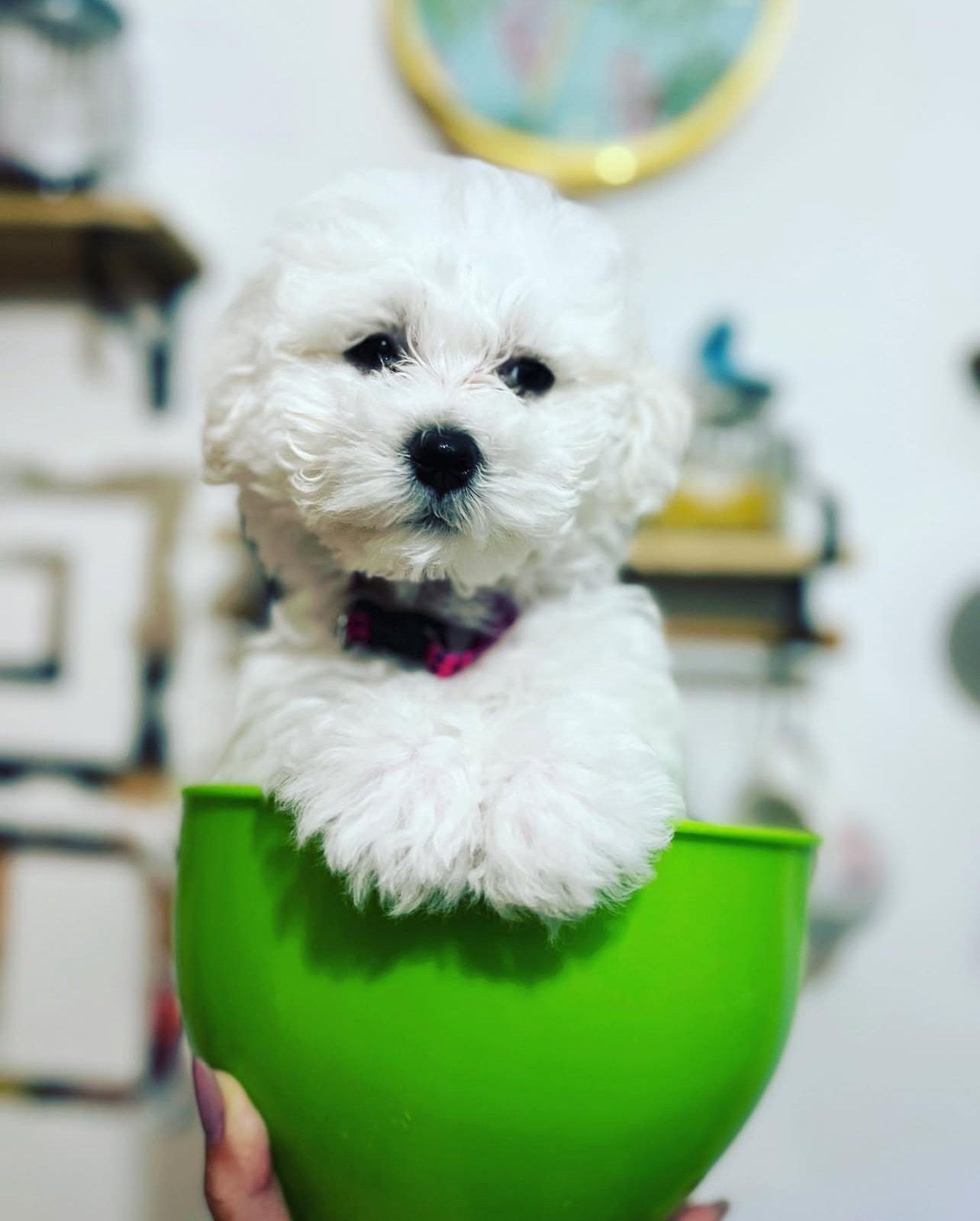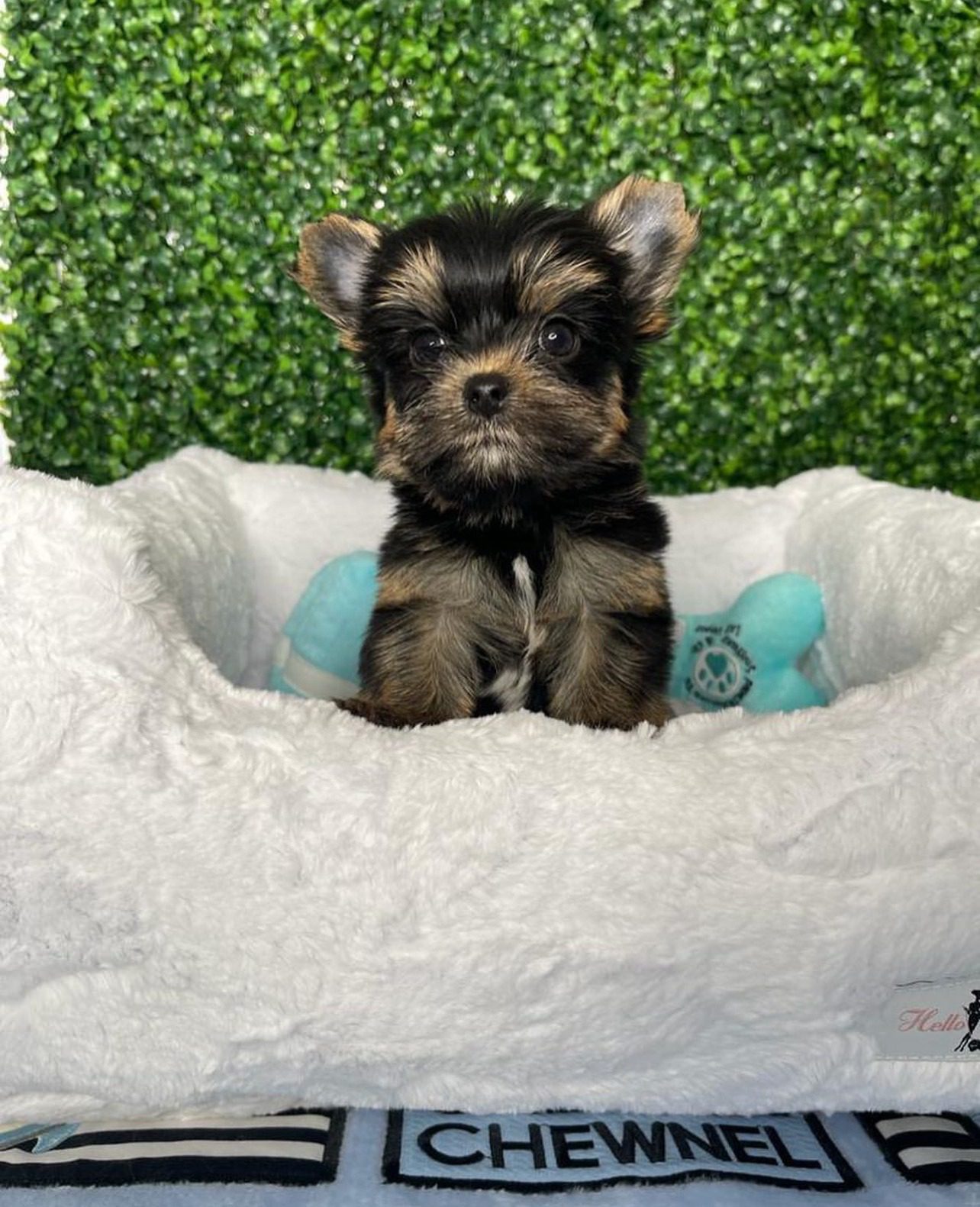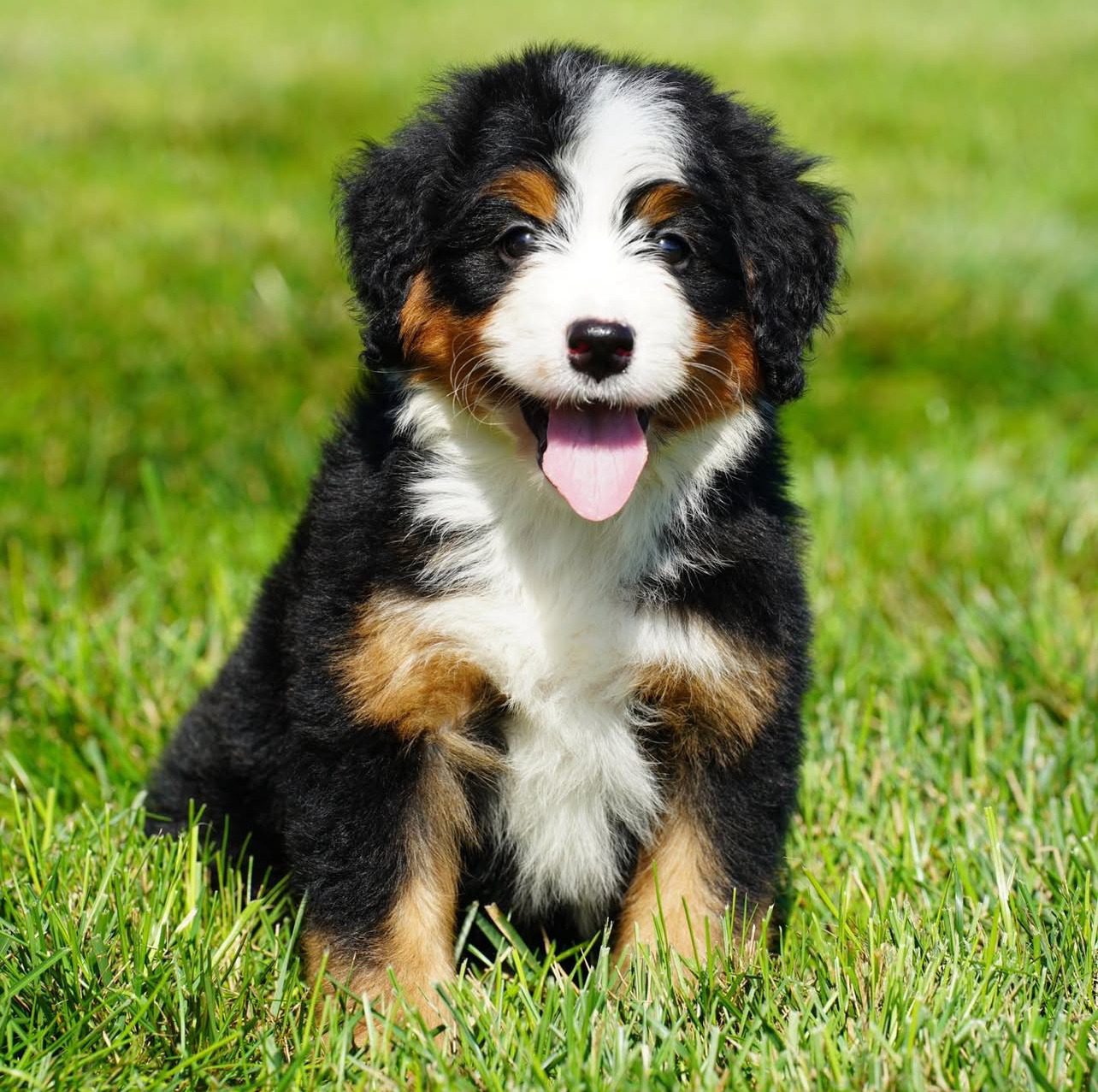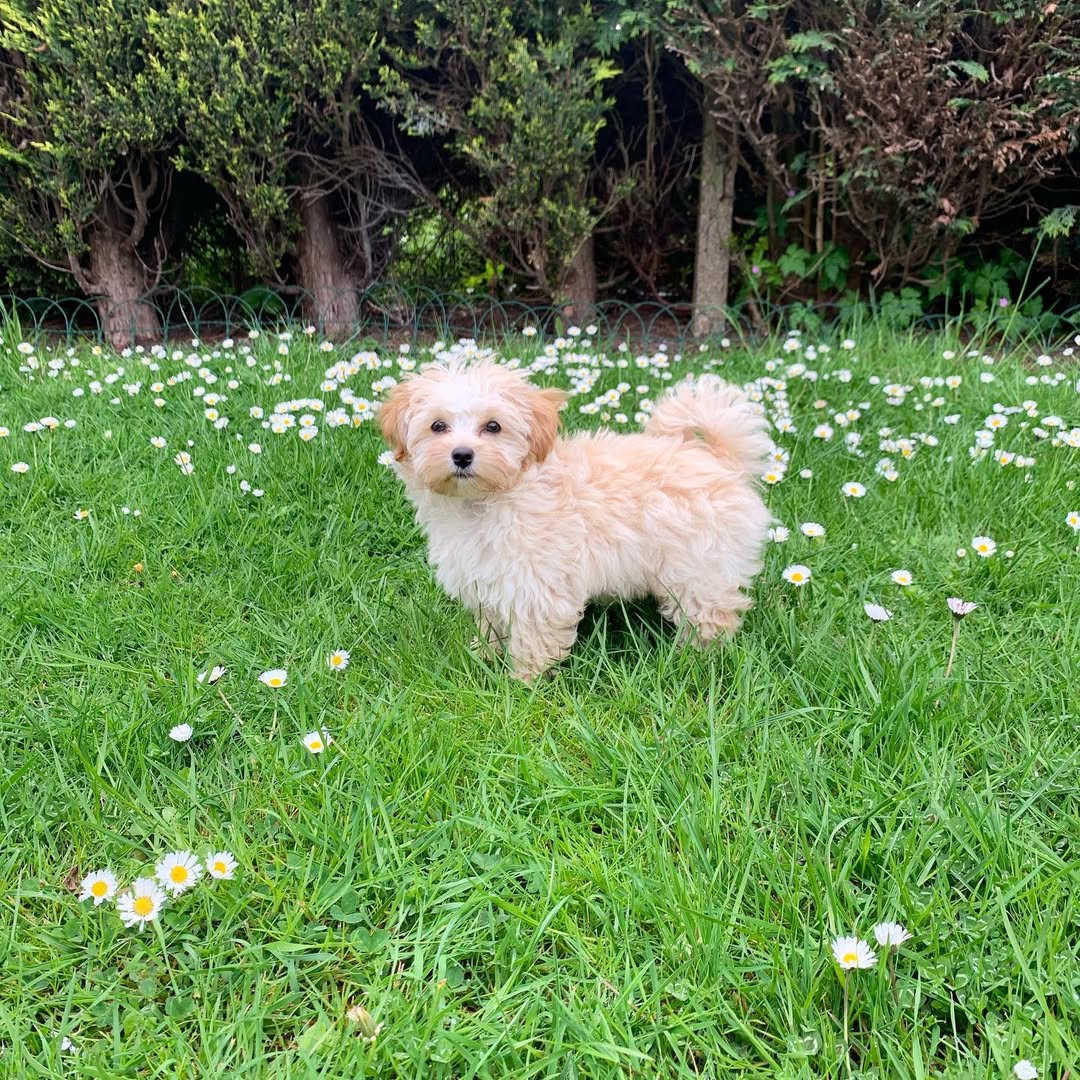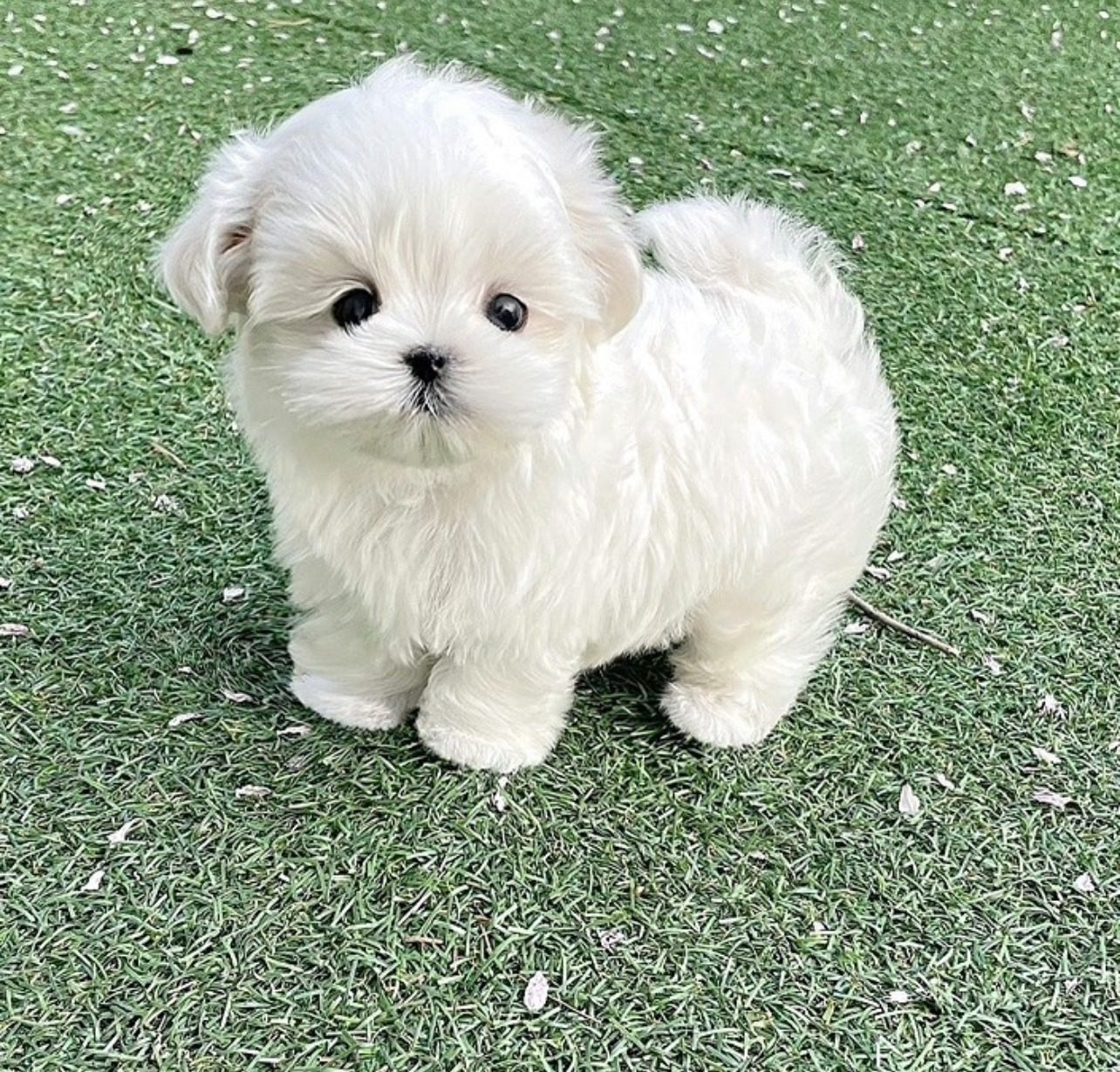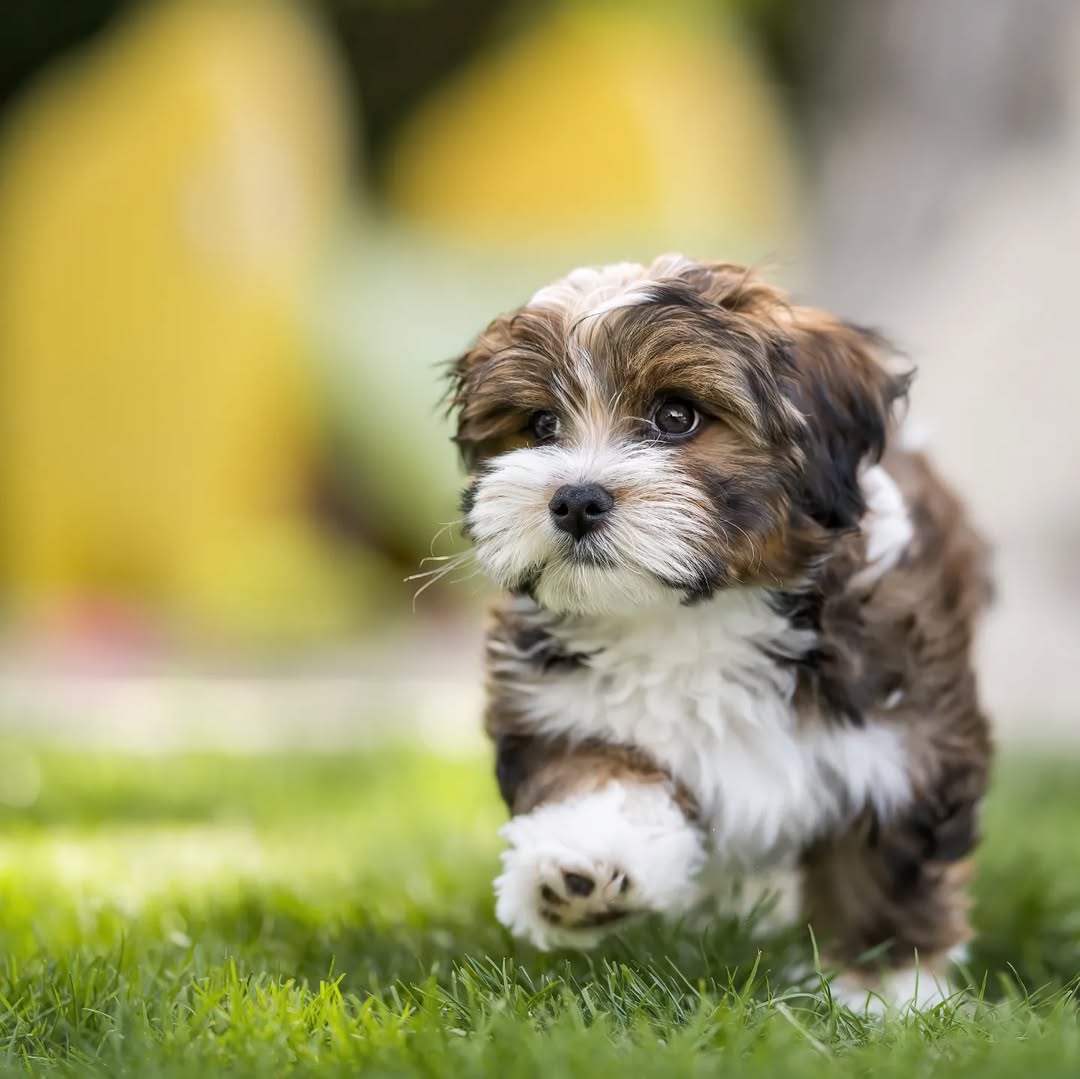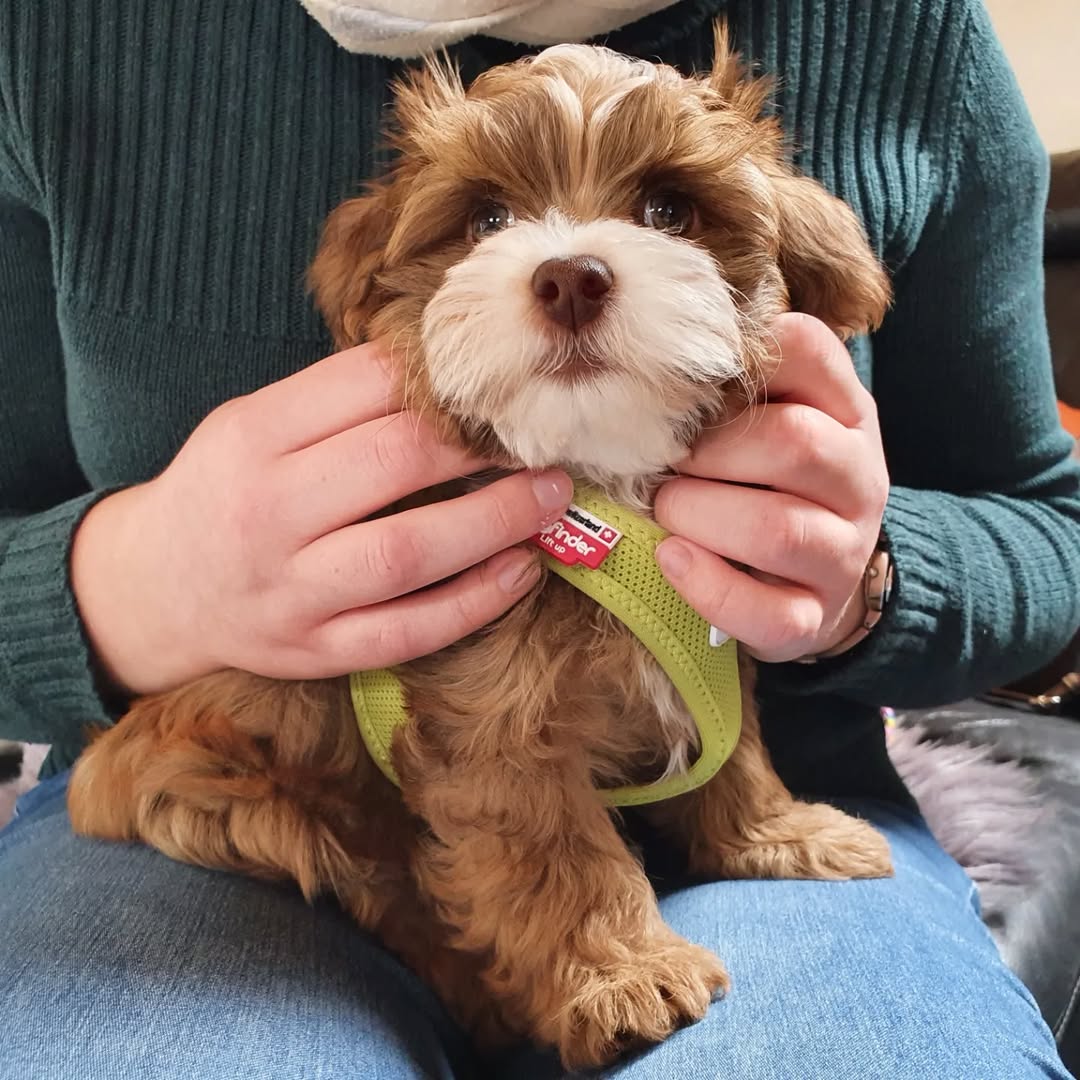Teacup Havanese Puppies
Discover adorable Havanese puppies for sale from our nation’s top Havanese breeders. These hypoallergenic Toy and Teacup Havanese puppies are available nationwide and are known for their happy, clever, and sweet nature. Equipped with sharp intelligence and an affectionate disposition, Havanese puppies thrive on attention and love to entertain, often performing tricks for laughs and treats. As members of the Toy group, Havanese dogs are small, typically weighing 7 to 13 pounds and standing 9 to 12 inches tall. Carefully sourced from reputable, experienced breeders, our selection of Havanese puppies is perfect for families or individuals of all ages. With their silky coats and cheerful personalities, these puppies bring joy and warmth to any home. Browse our available pups and welcome a charming new family member today.
Premium Teacup Puppies For Sale
Is ‘Teacup Havanese’ an official breed variation recognized by the AKC? No, the American Kennel Club (AKC) only recognizes one standard for the Havanese breed (typically 7-13 pounds). ‘Teacup’ is an unofficial, often misleading marketing term used by some breeders for Havanese bred to be significantly smaller than this standard, which raises serious health and ethical concerns.
How much smaller is a ‘Teacup Havanese’ compared to a standard Havanese? While standard Havanese weigh 7-13 pounds, puppies marketed as ‘teacups’ are usually advertised to mature well under 7 pounds, often aiming for 3-5 pounds. Achieving this extreme size often involves unhealthy breeding practices.
What are the most significant health risks associated with Teacup Havanese? Breeding for extreme smallness dramatically increases risks for hypoglycemia (dangerously low blood sugar), hydrocephalus (water on the brain), open fontanels (soft spots on the skull), fragile bones easily fractured, heart defects, liver shunts, collapsing trachea, and severe dental problems.
Do Teacup Havanese still have the typical affectionate and playful Havanese personality? They often retain the Havanese desire for companionship (‘Velcro dogs’) and intelligence. However, their extreme physical fragility can lead to increased anxiety, nervousness, or fearfulness, potentially overshadowing their natural playful spirit.
Are the grooming needs for a Teacup Havanese different from a standard Havanese? The coat itself (long, silky, potentially wavy) requires the same care: frequent brushing (daily is best) to prevent mats and tangles, plus regular professional grooming. However, handling during grooming must be incredibly gentle due to their extreme fragility.
How much exercise does a Teacup Havanese require? Very minimal structured exercise. Short, gentle indoor play sessions and perhaps extremely brief, supervised outings in a safe, enclosed area are sufficient. Avoid strenuous activity, jumping, and rough play to prevent injury.
Are Teacup Havanese extremely fragile? Yes, exceptionally so. Their tiny bones can break with startling ease from falls (even off low furniture), being stepped on, or rough handling. They require a highly protected environment and constant vigilance.
What is the typical lifespan of a Teacup Havanese compared to a standard one? Due to the high likelihood of serious health complications associated with extreme miniaturization, their lifespan is often significantly shorter than the 14-16 years expected for a healthy, well-bred standard Havanese.
How often must a Teacup Havanese puppy eat to prevent hypoglycemia? Very frequently. Their tiny bodies lack reserves, making dangerous drops in blood sugar (hypoglycemia) a constant threat. Young puppies may need feeding every 2-3 hours around the clock. Owners must know the signs and have emergency sugar sources (like Karo syrup) ready.
Are Teacup Havanese suitable pets for families with young children? Strongly discouraged. Their extreme fragility makes them highly vulnerable to severe, potentially fatal accidental injury by well-meaning but clumsy children. They are much better suited for quiet, adult-only homes or families with very calm, gentle, older teenagers under strict supervision.
Do Teacup Havanese bark a lot? Havanese can be alert barkers, letting you know about visitors or strange sounds. Teacup versions are likely to retain this trait. Early training can help manage excessive barking, but some vocalization should be expected.
What is the typical price range for a puppy advertised as a ‘Teacup Havanese’? Prices are often greatly inflated, frequently ranging from $3,000 to $6,000 or more, capitalizing on the misleading “rare” or “designer” aspect. This high cost does *not* guarantee health and often supports unethical breeding.
Is house training a Teacup Havanese more difficult? It can be. Their tiny bladders require very frequent emptying, and accidents are small and hard to spot. Consistency, extreme patience, positive reinforcement, and often the use of indoor potty pads are necessary strategies.
Why do reputable Havanese breeders (like those in the Havanese Club of America) avoid breeding ‘teacups’? Responsible breeders prioritize the health, temperament, and longevity of the breed according to the official standard. They understand the severe health risks and ethical issues involved in deliberately breeding below a healthy minimum size threshold and focus on producing robust dogs.
Are Teacup Havanese more prone to dental issues? Yes, significantly. Fitting a standard number of teeth into an abnormally small jaw leads to severe overcrowding, misaligned bites, retained baby teeth, and a very high risk of early-onset periodontal disease. Diligent dental care is absolutely crucial.
Do Teacup Havanese shed? Are they hypoallergenic? Like standard Havanese, they have a low-shedding coat often tolerated by allergy sufferers, but no dog is truly hypoallergenic. Individual reactions vary. Their coat requires significant upkeep regardless of shedding level.
How should I safely handle a Teacup Havanese puppy? Always use two hands, gently supporting the chest and rear. Never lift by the legs or scruff. Prevent jumping from furniture or arms. Be constantly aware of their location to avoid stepping or sitting on them. Teach safe handling to everyone who interacts with them.
What is a healthier alternative if I want a small Havanese? Seek a responsible breeder who performs health checks (eyes, heart, patellas, hearing – BAER test) on parent dogs and breeds Havanese that fall within the healthy standard size range (7-13 lbs). Prioritize health, temperament, and ethical practices over extreme smallness.
Can Teacup Havanese live well with other pets? Only with extreme caution and constant supervision. While Havanese can be social, a teacup’s fragility means even playful interactions with larger dogs or cats could be disastrous. Any companion animals must be exceptionally calm and gentle.
Do Teacup Havanese still need mental stimulation despite their size? Yes. While physical activity must be limited, their intelligent minds need engagement. Gentle puzzle toys, short positive reinforcement training sessions, and safe exploration indoors can help prevent boredom and behavioral issues.

